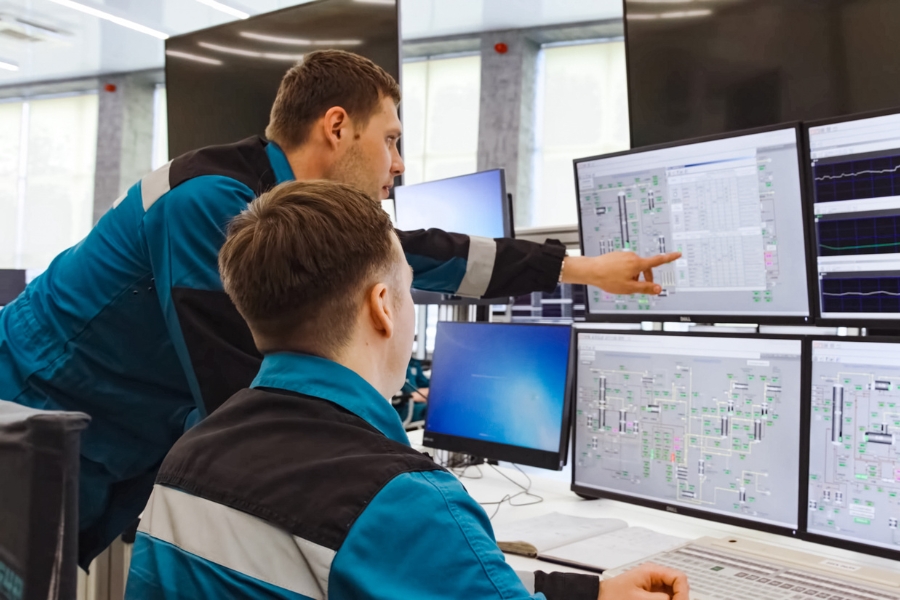In today’s tech-driven landscape, downtime or unresolved technical issues can significantly disrupt business operations. This is where L1 (Level 1) and L2 (Level 2) IT support come into play, offering a structured approach to problem resolution. These two levels of support ensure that businesses run smoothly while delivering exceptional customer service. Let’s break down what makes them essential and how they contribute to operational success.
L1 Support: The First Line of Defense
When users encounter technical problems, L1 support is the first team they contact. Think of L1 as the triage center for IT issues, designed to handle routine problems and guide users toward quick resolutions.
Key Tasks Handled by L1 Support:
- Logging Issues: Capturing details like error messages and system status for effective ticket tracking.
- Password Resets and Account Help: Handling straightforward tasks such as unlocking accounts or resetting credentials.
- System Access Issues: Assisting users in accessing systems and applications.
- Escalating Complex Problems: Forwarding unresolved cases to L2 for advanced troubleshooting.
L1 teams focus on efficiency and user interaction, ensuring that problems are resolved—or escalated—quickly and professionally.
L2 Support: Deep Diving Into Technical Challenges
For more complex or technical problems, L2 support steps in. These specialists possess advanced technical knowledge and are equipped to investigate deeper system issues.
Core Functions of L2 Support:
- Diagnosing System Failures: Identifying and resolving server errors, software malfunctions, or hardware failures.
- Advanced Troubleshooting: Using diagnostic tools to solve complex problems that L1 cannot address.
- Implementing Long-Term Fixes: Applying solutions that prevent recurring issues.
- Vendor Coordination: Working with third-party vendors for patches, upgrades, or replacement parts.
The L2 team focuses on root cause analysis and system optimization, ensuring the stability and performance of IT infrastructure.
The Collaboration Between L1 and L2 Support
A seamless partnership between L1 and L2 support is key to efficient IT operations. Here’s how they work together:
- Ticket Escalation: L1 collects all relevant details about the issue before escalating it to L2, saving time and effort.
- Knowledge Sharing: L2 provides feedback and training to L1 on frequently recurring issues, empowering L1 to resolve them in the future.
- Efficiency Boost: Clear boundaries and responsibilities ensure each team focuses on its strengths, optimizing resolution times.
Benefits of a Tiered IT Support System
- Improved Productivity: L1 handles basic issues, freeing up L2 for more significant challenges.
- Enhanced Customer Experience: Users get immediate help from L1 while complex issues are escalated smoothly.
- Cost Savings: Resolving common issues at L1 reduces the need for higher-cost technical expertise at L2.
- Reduced Downtime: Fast escalation and specialized handling minimize operational disruptions.
Real-World Impact of L1 and L2 Support
Imagine an e-commerce company experiencing frequent checkout errors during peak hours:
- L1 Support: Responds to user complaints and identifies the issue pattern, such as specific browsers causing errors. They escalate the ticket to L2 with detailed logs.
- L2 Support: Investigates the root cause, discovering a compatibility issue in the payment gateway integration. They apply a patch and inform L1 about the fix.
The result? A quick resolution and improved system performance, with minimal impact on sales and customer satisfaction.
Tips for Optimizing L1 and L2 Support
- Invest in Training: Equip L1 staff with the knowledge to resolve common issues independently.
- Implement Clear Escalation Protocols: Define when and how tickets should be escalated to L2.
- Leverage Automation: Use tools to automatically assign tickets based on complexity and priority.
- Encourage Feedback Loops: Create regular opportunities for L1 and L2 teams to share insights and refine processes.
- Monitor Metrics: Track key performance indicators (KPIs) like resolution times and ticket volumes to continuously improve.
Conclusion
L1 and L2 IT support are the cornerstones of effective issue resolution and system reliability. Together, they form a dynamic duo that ensures your business operates without interruptions, your users remain satisfied, and your IT infrastructure stays optimized.
Looking to enhance your IT support strategy? A well-structured L1 and L2 system could be the key to unlocking smoother operations and happier customers.





